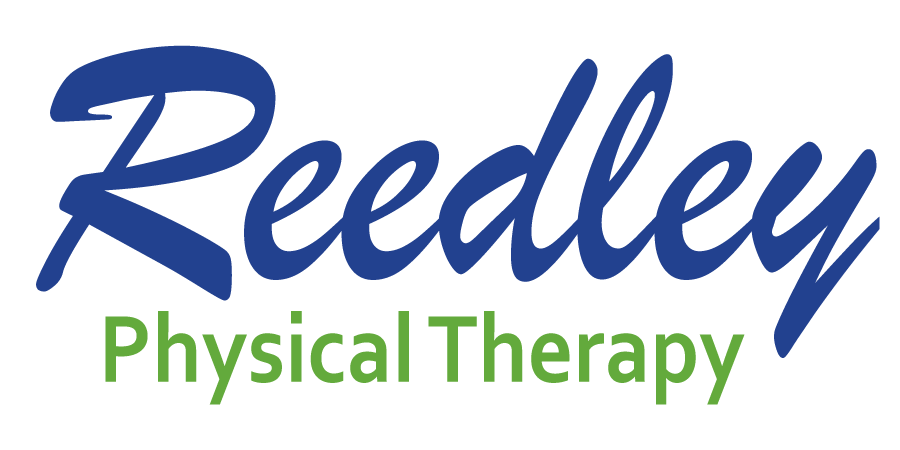Movement is Medicine: Optimize Your Recovery to Maximize Your Workout
We all know how important it is to make working-out a regular part of our lives. Whether that means daily walks or Spartan racing, resistance training at home or CrossFit WODs, movement IS medicine and almost anything is better than nothing. But whatever your chosen activity is, you may not be getting the most out of it without understanding the importance of recovery. It may seem counterintuitive, but gains are made, not during the workout, but during the post-workout recovery period. Therefore, if you fail to provide enough rest between workouts, you may be limiting your progress or tempting injury. In fact, a good recovery routine may allow you to shorten your usual workout up by improving your bodies response to exercise and making it that much more efficient.
There are 4 parts to a comprehensive recovery program and they all need to be addressed to ensure that we are maximizing our workouts and minimizing the risk of injury.
- Hydrate: Most of us are walking around in some state of dehydration. This doesn’t mean that we all need to carry around gallon jugs of water wherever we go, but it does mean that after a workout, we need to be extra conscious of hydrating ourselves so that we don’t prevent or limit any of the protein synthesis that needs to happen to repair and build muscle. In fact adding a little Sea Salt and thereby giving your body the electrolytes and trace minerals it needs to maximize recovery, will make an even bigger difference.
- Fuel Yourself: Eat something (healthy) within 20-40 minutes post workout. After an intense workout, our energy stores become depleted and the cells within our muscles are looking for fuel to rebuild. This is the perfect time to introduce healthy nutrients that your body will soak up like a sponge. This may also be the healthiest time to introduce carbs into your diet, as it is critical to replenish muscle glycogen stores necessary for muscle recovery and function.
- Mobility Work: After a workout, is the perfect time to spend a few minutes with your foam roller. The reason that mobility work is best done as part of a recovery routine is that our bodies are warm and loosened up and likely too tired to hold onto that muscle tension that foam rolling helps eliminate. Target trouble spots, or anywhere that just feels good, as your engine cycles down and you prepare to move onto whatever the day has in store for you.
- Keep Moving: It’s too easy to just hit the couch, or sit at your desk after your workout – why not – you’ve already taken your medicine by moving through your workout, right? Wrong! Becoming immediately sedentary post workout is the worst thing that we can do for our recovery. Tissues become poorly perfused, stiff and congested – all things that limit the potential gains from your workout. Try to keep moving, walking or if you must work – try a standing desk. Even putting on some compressions socks to prevent that blockage from occurring by supplementing our circulatory system can help if low level / continuous movement simply isn’t an option after your workout.
At first, try to incorporate just one or two of these components into your post-workout recovery so as to not be overwhelmed. But soon you will find that they are all worth the time and the extra few minutes they take will pale in comparison to how great you will feel!
Learn more about movement, fitness and health in this space each week or by visiting www.alliancehealthfresno.com, or calling 478-5833. If you have any questions about this article, or want to find out more about scheduling a nutritional consultation, contact Dr. Chris Telesmanic, PT, DPT, OCS at chris@reedleyphysicaltherapy.com.


